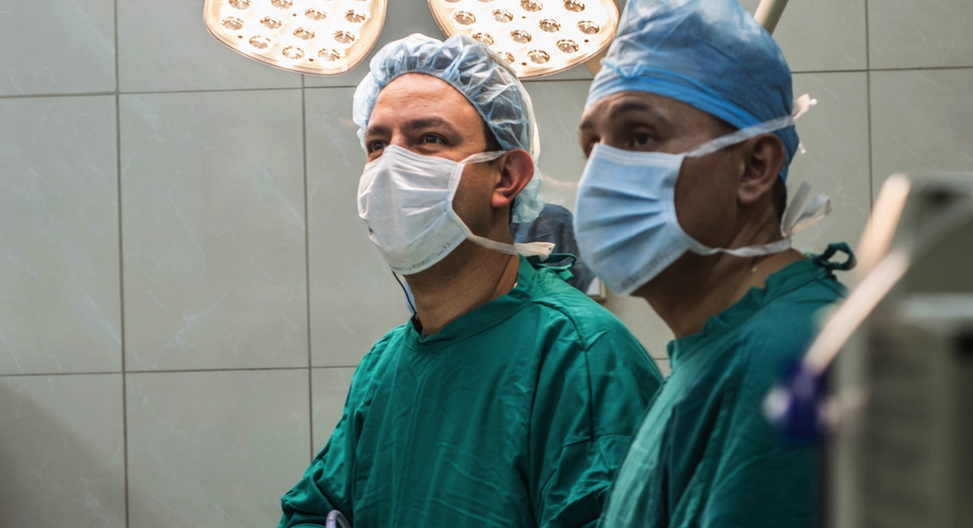
Men who have previously undergone a vasectomy may in the future request a reversal in order to try and father a child naturally. This is generally as result of a change in their personal circumstances or to start a new family in a new relationship. The results of a vasectomy reversal depend on the time period which has elapsed from the original vasectomy – the longer the time, the lower the success rate.
Mr Muneer offers a microsurgical vasectomy reversal technique. This procedure involves identifying the two ends of the previously cut vas, which is the tube which carries sperm from the testicles. These two ends are then isolated, and then with the aid of an operating microscope which allows enough magnification so that fine sutures (9/0 Nylon) can be places accurately to bring the two ends together. Following the procedure, patients are instructed not to ejaculate for a period of time whilst the operation site heals. A semen analysis is conducted to assess the success. The presence of sperm in the ejaculate after the procedure indicates that the tubes are now patent.
The success rate will depend on the time interval from the original vasectomy and also the technique used to perform the vasectomy. There have been published studies comparing patency rates with the pregnancy rates following vasectomy reversal. The largest of which was published by the Vasovasostomy Study Group in the United States.
There is likely to be some bruising in the scrotum following the procedure. Patients are asked to use ice packs and a scrotal support, as well as regular analgesia following the procedure. Generally patients are back at work after a few days but this will depend on how extensive the procedure has been.
Submit your email and stay in touch with us